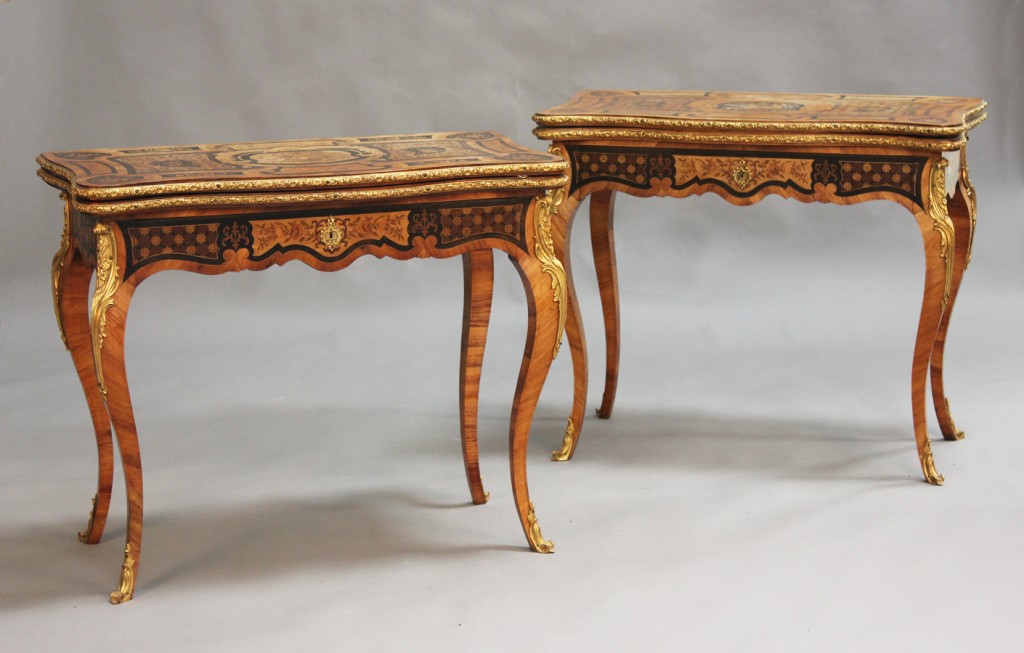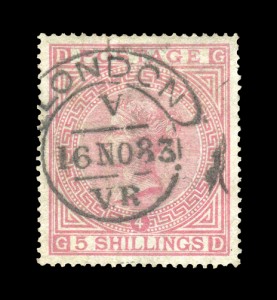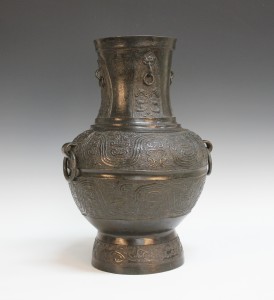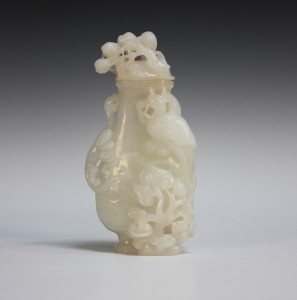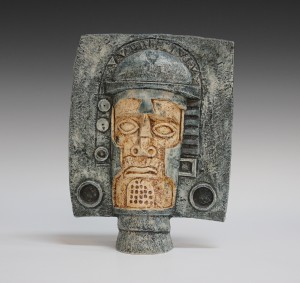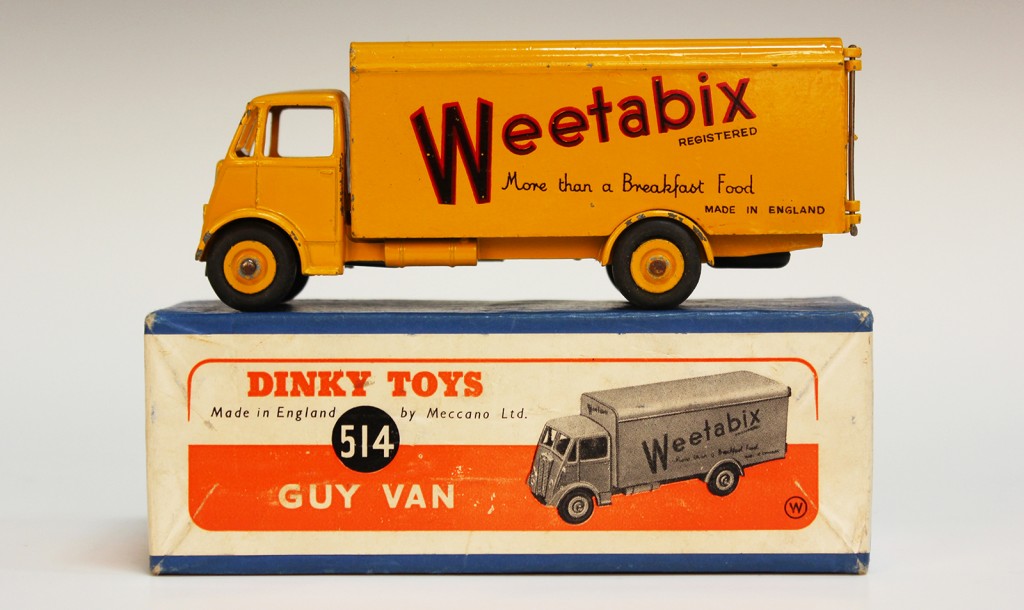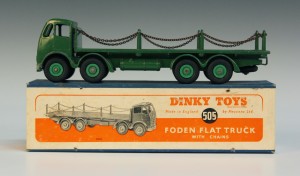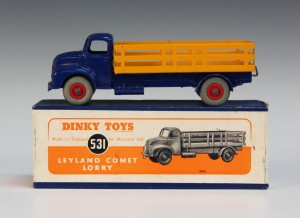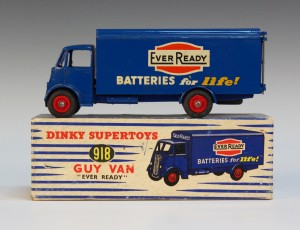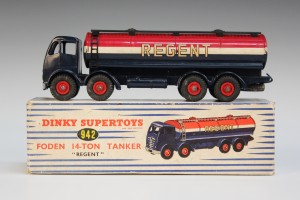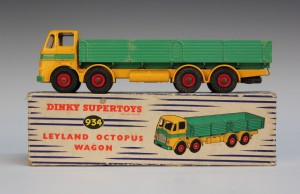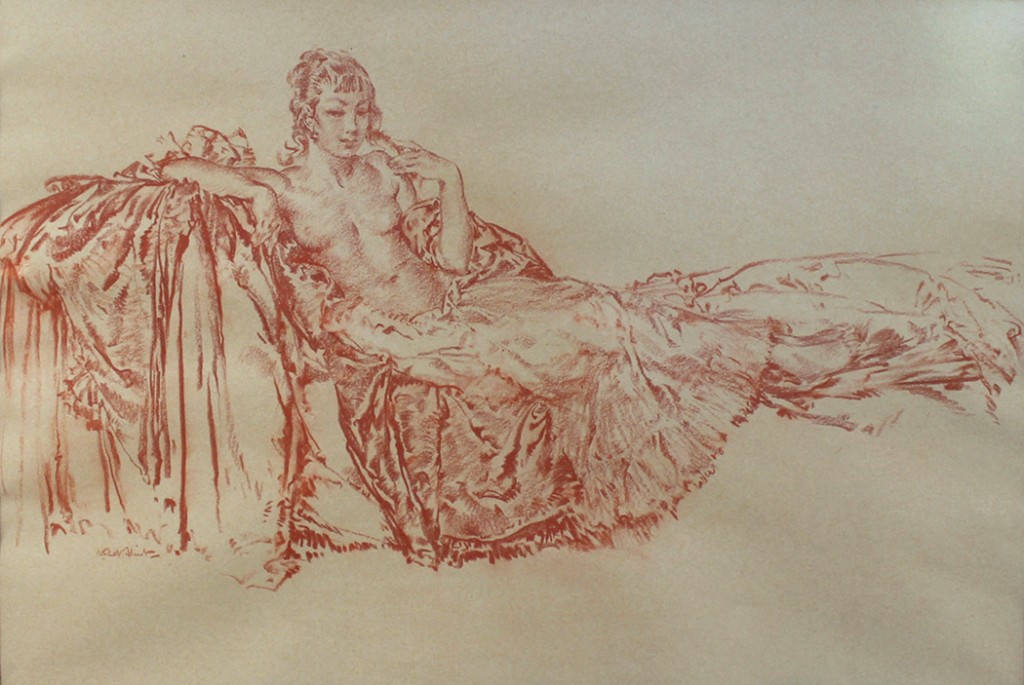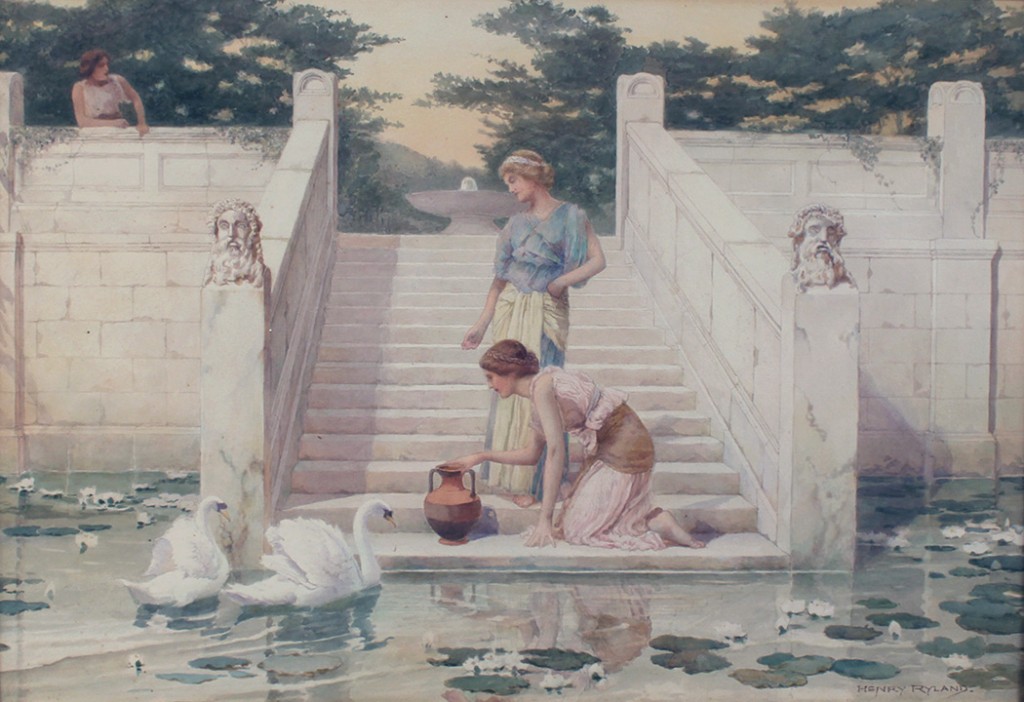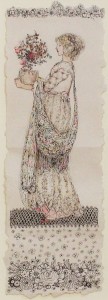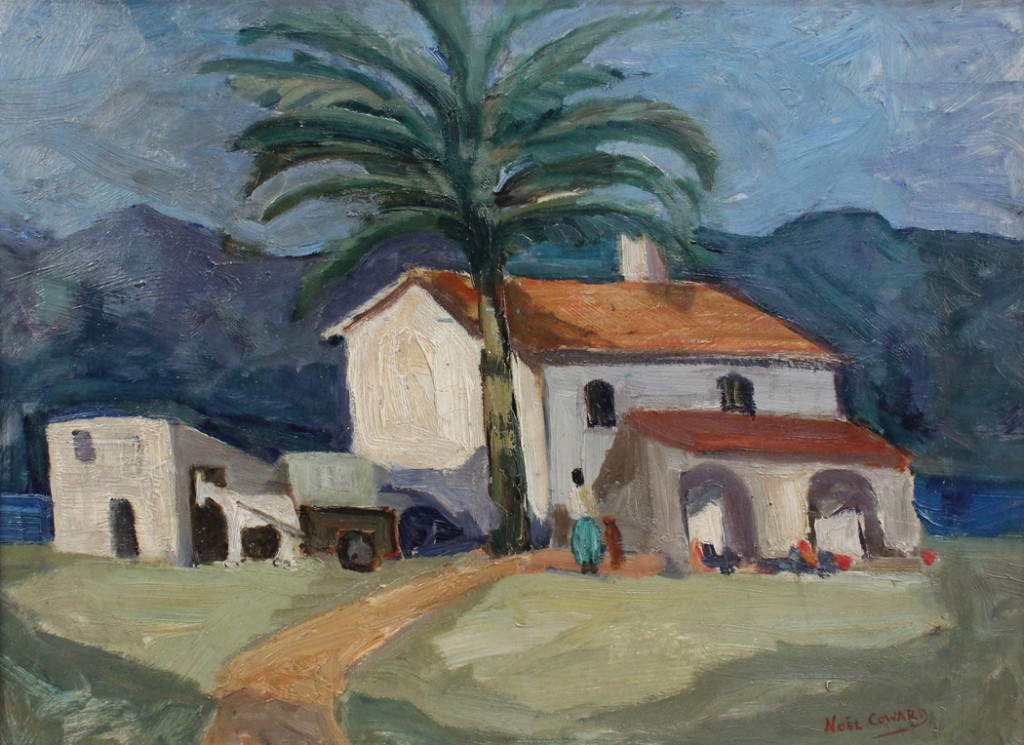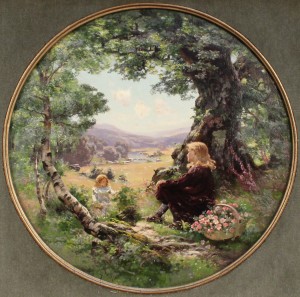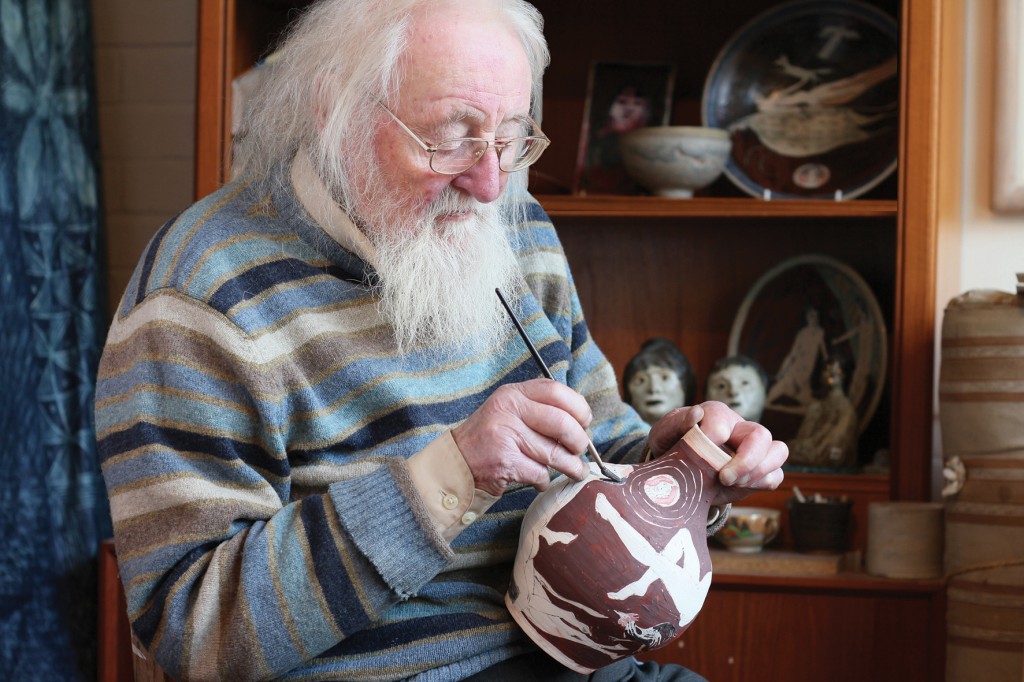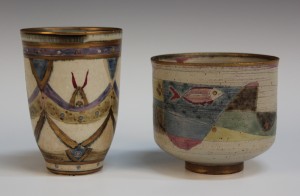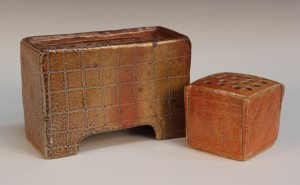
The Penny Black is one of the most famous stamps in the world. Not many dates are as important to a philatelist as the 6th of May 1840 – it was the first day that the Penny Black was allowed to be used to send mail through the postal system. The Penny Black has always captured the public’s imagination, with obscure rarities achieving record prices. These headline stamps are few and far between. Most of us read each headline and note the huge price tag but read no further, failing to discover the subtleties of why that particular stamp made thousands of pounds.
Despite its iconic status, the Penny Black is not a particularly rare stamp. Owing to its popularity, over 68 million were printed, a large number considering it was only in circulation for just under a year before the arrival of the Penny Red/Brown. It was short-lived largely because of practicality. A ‘cancellation’ (or postmark as it would be called by many) was introduced to stop stamps being reused. Starting as a black Maltese cross, the cancellation was, for obvious reasons, hard to see. It then changed to red for quicker identification, but amid fears that this cancellation could be washed off, the Penny Red stamp was conceived and put into production and the black Maltese cross cancellation reintroduced.
Crushing the hopes of many, Toovey’s stamp specialist states that most Penny Black stamps are actually only worth £20-30, if you’re lucky! The reason, he says, is that Penny Blacks were not produced on perforated sheets, unlike modern day stamps. Instead, you were reliant on the stamp being cut from the sheet by hand with scissors, and generally by someone who wasn’t that fussy about the end result! The stamps were also very close together on the sheet, so it’s not surprising that about nine out of ten were cut out badly. Even those stamps with slightly better margins will often have one edge trimmed a bit too close. So with a wider, nicely cut margin, a Penny Black is likely to realise between £70 and £120, depending on condition. The ones illustrated above feature in Toovey’s next Paper Collectables Auction, which includes a selection of these somewhat above-average examples. A little bit more would be paid if the stamp had been sent on 6th May 1840, becoming the first-ever first day cover. Mint, i.e. unused, Penny Blacks are rare and with decent margins would achieve a four-figure sum. Rarer still is a block of two or more unused Penny Blacks, still joined together. Mint examples are rare mainly because stamp collecting didn’t start until the 1860s. The majority of early stamps were, therefore, disposed of as ephemeral items. Many of the examples seen today were salvaged when solicitors cleared out their document boxes, as the envelopes had been kept for the senders’ details, but the majority of these had obviously been used. As stated earlier, the record prices are only achieved for unique rarities, which, by their very nature, seldom come onto the market. One such abnormality is the use of different coloured inks for the cancellation, a local example is that yellow ink was used in Horsham. For more information on the Postal Reform and the development of the Penny Black visit the website for the British Postal Museum.
Toovey’s forthcoming auction on 12th August 2014 includes eighty-nine lots of stamps, including some fine single collectors’ stamps and some interesting larger collections.
If you would like a valuation of a single stamp or an entire collection, Toovey’s are happy to provide free, no-obligation valuations at their Spring Gardens salerooms. Toovey’s employ a specialist consultant for stamp valuations and operate a report valuation service for stamps, rather than providing on-the-spot valuations. This enables our specialist to spend sufficient time formulating a considered, expert opinion on your stamps. Please telephone our offices on 01903 891955 or email auctions@tooveys.com to find out more or to make any other valuation enquiry.
